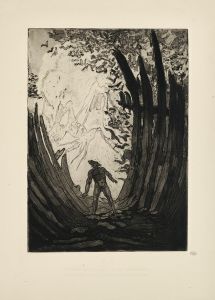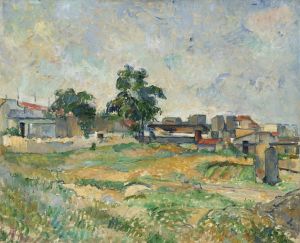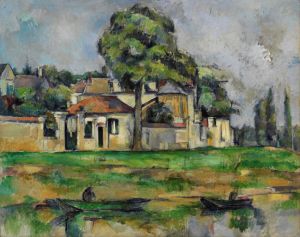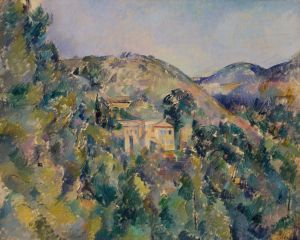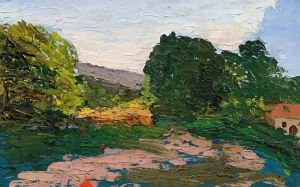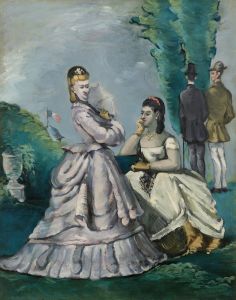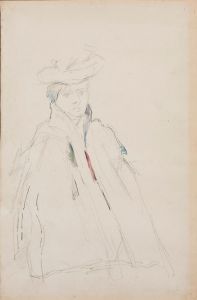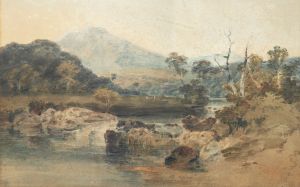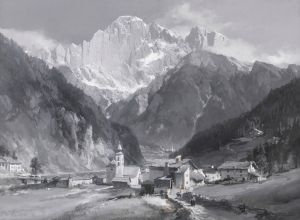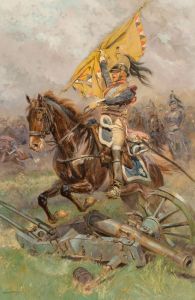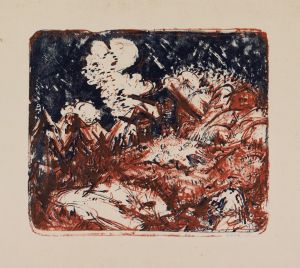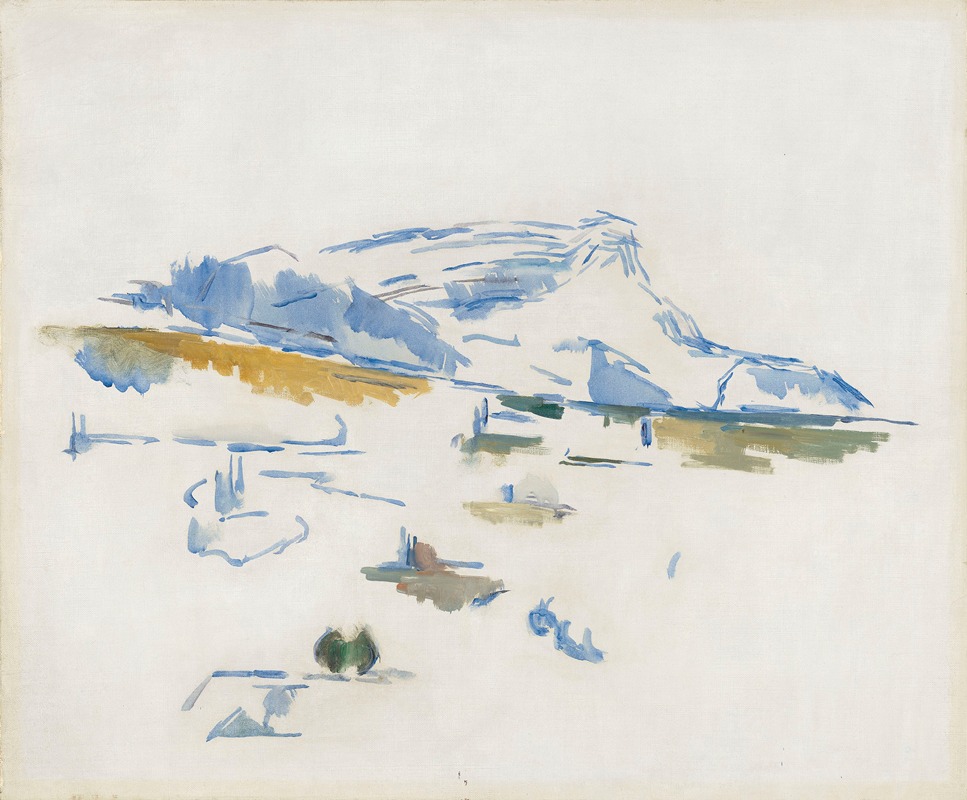
La Montagne Sainte-Victoire vue des Lauves
A hand-painted replica of Paul Cézanne’s masterpiece La Montagne Sainte-Victoire vue des Lauves, meticulously crafted by professional artists to capture the true essence of the original. Each piece is created with museum-quality canvas and rare mineral pigments, carefully painted by experienced artists with delicate brushstrokes and rich, layered colors to perfectly recreate the texture of the original artwork. Unlike machine-printed reproductions, this hand-painted version brings the painting to life, infused with the artist’s emotions and skill in every stroke. Whether for personal collection or home decoration, it instantly elevates the artistic atmosphere of any space.
"La Montagne Sainte-Victoire vue des Lauves" is an oil painting by the French Post-Impressionist artist Paul Cézanne. Created between 1904 and 1906, this work is part of Cézanne's celebrated series of paintings depicting Mont Sainte-Victoire, a mountain in southern France near his hometown of Aix-en-Provence. The painting is notable for its innovative approach to composition, color, and form, which had a profound influence on the development of modern art.
Cézanne painted this particular view of Mont Sainte-Victoire from a vantage point on the hill of Les Lauves, where he had a studio built in 1902. This location provided him with an elevated perspective of the mountain and the surrounding Provençal landscape. The painting exemplifies Cézanne's mature style, characterized by the use of geometric forms, a structured yet dynamic composition, and a palette dominated by earthy tones and soft blues. These elements reflect Cézanne's interest in capturing the underlying structure of nature and his desire to move beyond the fleeting impressions of light and atmosphere that defined much of Impressionist art.
In "La Montagne Sainte-Victoire vue des Lauves," Cézanne employs a technique of layering short, deliberate brushstrokes to build up the forms of the landscape. The mountain itself is depicted with a sense of solidity and permanence, while the surrounding fields, trees, and sky are rendered with a more fluid and fragmented quality. This juxtaposition creates a tension between stability and movement, a hallmark of Cézanne's work during this period.
The painting is also significant for its role in bridging the gap between 19th-century Impressionism and 20th-century Cubism. Cézanne's exploration of form and his emphasis on the structural aspects of the natural world inspired artists such as Pablo Picasso and Georges Braque, who would later develop Cubism as a revolutionary artistic movement.
"La Montagne Sainte-Victoire vue des Lauves" is housed in the Kunsthaus Zürich in Switzerland. It remains an important example of Cézanne's artistic legacy and his enduring fascination with Mont Sainte-Victoire, a subject he returned to repeatedly throughout his career. This series of paintings is widely regarded as a cornerstone of modern art, demonstrating Cézanne's ability to transform a familiar landscape into a timeless and universal vision.





